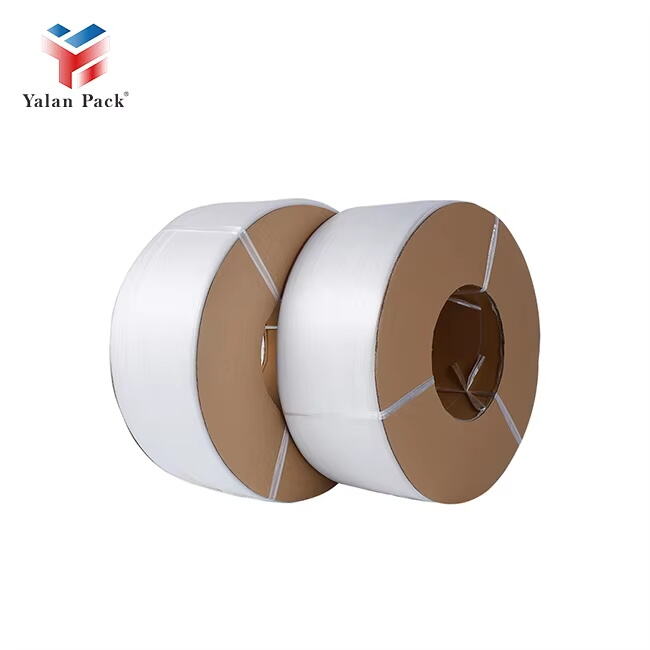Durability plays a critical role in packaging and industrial operations. Businesses rely on materials that can withstand stress, environmental exposure, and time. The durability of PP strapping, PET, and steel remains a key consideration in 2025. Each material offers unique strengths, but understanding their performance under demanding conditions helps industries make informed choices.
Overview of PP, PET, and Steel Strapping
Characteristics of PP Strapping
Polypropylene (PP) strapping is lightweight and flexible. It offers moderate tensile strength, making it suitable for securing lightweight to medium-weight packages. PP strapping resists moisture and corrosion, which enhances its performance in humid environments. Its elasticity allows it to maintain tension over time, even when packages shrink or expand. However, it may not perform well under extreme temperatures or heavy loads.
Characteristics of PET Strapping
Polyethylene terephthalate (PET) strapping provides higher tensile strength compared to PP. It is designed to handle medium to heavy loads, making it a preferred choice for industries like construction and logistics. PET strapping resists UV radiation and temperature fluctuations, which ensures durability in outdoor applications. Its rigidity and minimal elongation make it ideal for securing stable loads.
Characteristics of Steel Strapping
Steel strapping delivers unmatched strength and durability. It is capable of withstanding extreme tension and heavy loads, making it indispensable for heavy-duty industrial applications. Steel resists sharp edges and punctures, ensuring secure packaging for sharp or irregularly shaped items. However, it is prone to rust and requires proper handling to avoid injuries during application.
Durability of PP Strapping vs. PET and Steel
Tensile Strength and Load-Bearing Capacity
The tensile strength of a strapping material determines its ability to handle stress without breaking. Steel strapping offers the highest tensile strength, making it ideal for securing heavy loads in industries like construction and metalworking. PET strapping provides a balance between strength and flexibility, supporting medium to heavy loads effectively. In contrast, the durability of PP strapping is lower in terms of tensile strength. It works best for lightweight to medium-weight applications, such as bundling consumer goods or securing pallets in retail. While PP strapping cannot match the load-bearing capacity of steel or PET, its elasticity helps maintain tension over time.
Resistance to Environmental Factors
Environmental conditions significantly impact the performance of strapping materials. Steel strapping resists extreme tension but remains vulnerable to rust in humid or wet environments. PET strapping excels in outdoor applications due to its resistance to UV radiation and temperature fluctuations. The durability of PP strapping also shines in specific conditions. It resists moisture and corrosion, making it suitable for humid environments. However, it struggles under extreme heat or cold, which limits its use in certain industries.
Longevity and Wear Over Time
The lifespan of a strapping material depends on its ability to withstand wear and tear. Steel strapping lasts the longest when properly maintained, but rust can reduce its lifespan. PET strapping offers excellent longevity, especially in outdoor settings where UV resistance is crucial. The durability of PP strapping is sufficient for short-term applications. Over time, it may degrade faster than PET or steel, particularly when exposed to harsh environmental conditions. Despite this, its cost-effectiveness makes it a practical choice for temporary or lightweight packaging needs.
Cost-Effectiveness and Durability
Material Costs and Availability
Material costs and availability significantly influence the choice of strapping. Polypropylene (PP) strapping remains the most affordable option. Its lightweight nature and widespread production ensure consistent availability in global markets. PET strapping, while more expensive than PP, offers a cost-effective solution for medium to heavy-duty applications. Its production relies on recycled materials, which enhances its sustainability and availability. Steel strapping, however, incurs the highest cost due to its manufacturing process and raw material requirements. Fluctuations in steel prices can also impact its affordability. Industries must weigh these factors when selecting a strapping material.
Durability vs. Cost Trade-Off
The trade-off between durability and cost is a critical consideration. Steel strapping provides unmatched durability but comes at a premium price. It suits industries where strength and longevity outweigh cost concerns. PET strapping balances durability and affordability, making it ideal for businesses seeking a middle ground. The durability of PP strapping, while lower than PET or steel, aligns with its cost-effectiveness. It serves industries prioritizing budget-friendly solutions for lightweight packaging. This trade-off highlights the importance of aligning material choice with specific operational needs.
Maintenance and Replacement Considerations
Maintenance and replacement costs further impact cost-effectiveness. Steel strapping requires regular inspections to prevent rust and ensure safety. PET strapping demands minimal maintenance, thanks to its resistance to environmental factors. PP strapping, while cost-effective upfront, may require frequent replacements in demanding conditions. Industries must consider these long-term costs when evaluating the overall value of each material.
PP, PET, and steel strapping each excel in specific scenarios. Steel offers unmatched strength for heavy-duty tasks. PET balances durability and environmental resistance, while PP provides cost-effective solutions for lightweight packaging. Industries should evaluate their needs, prioritizing durability, cost, and sustainability to select the most suitable material for their operations.


